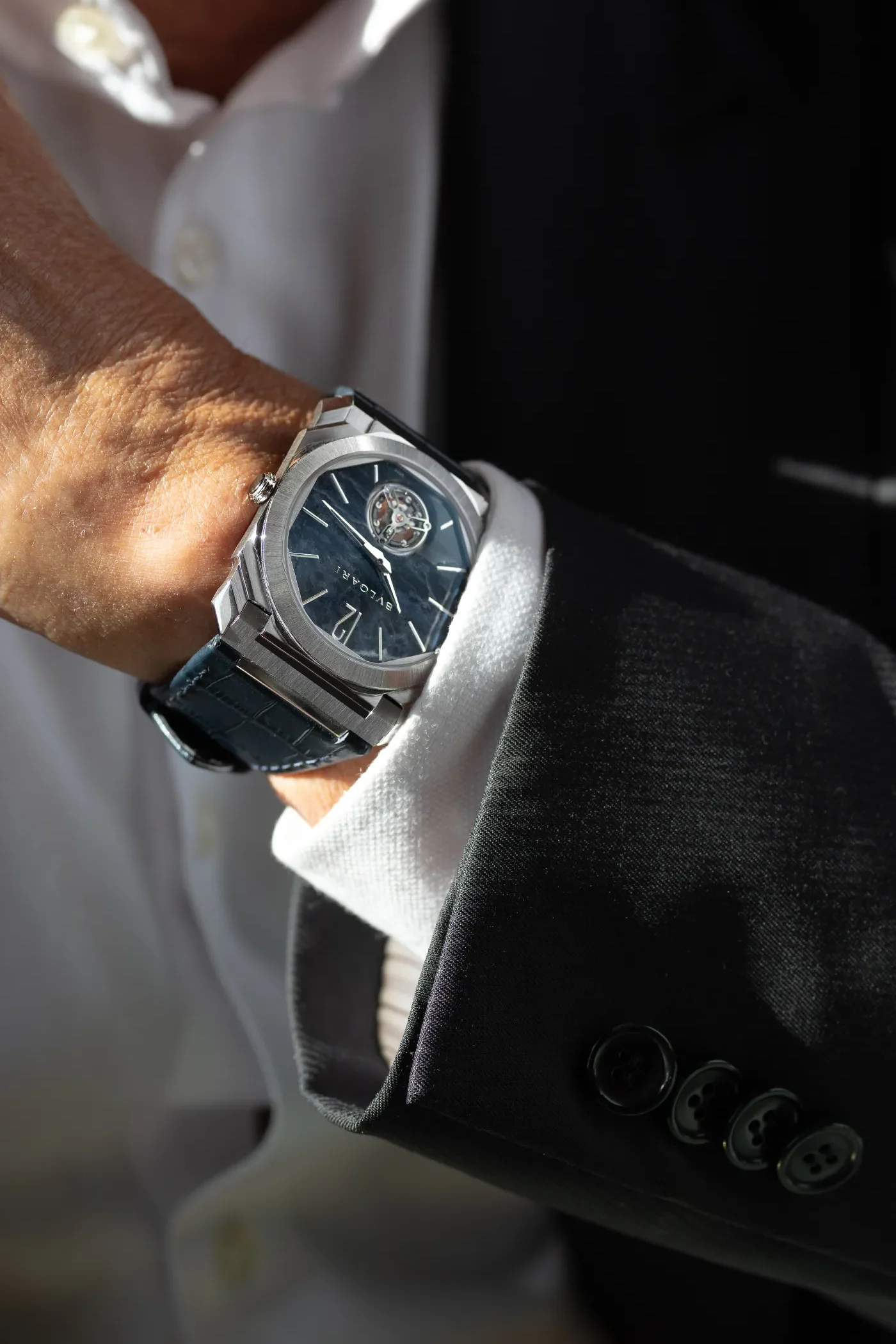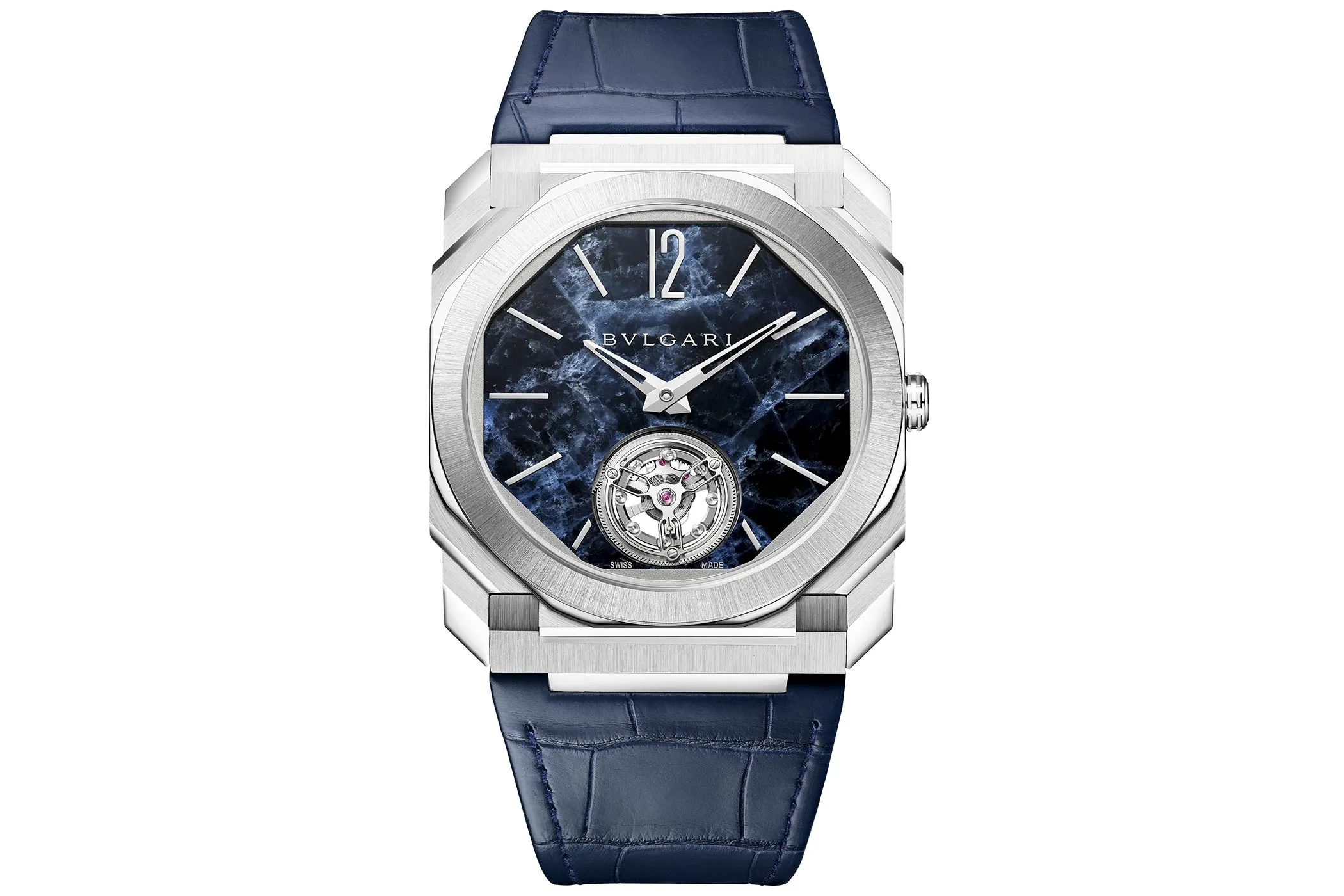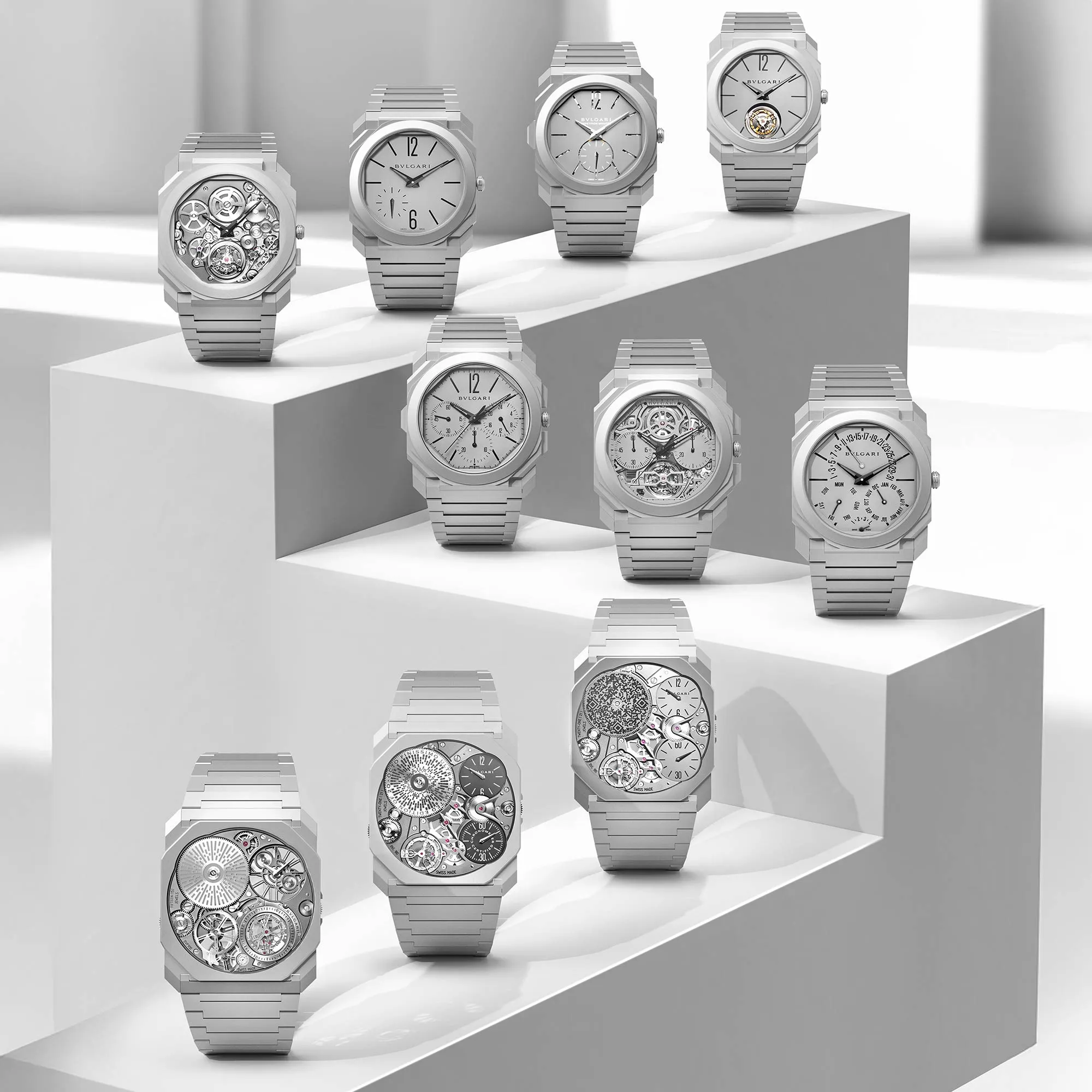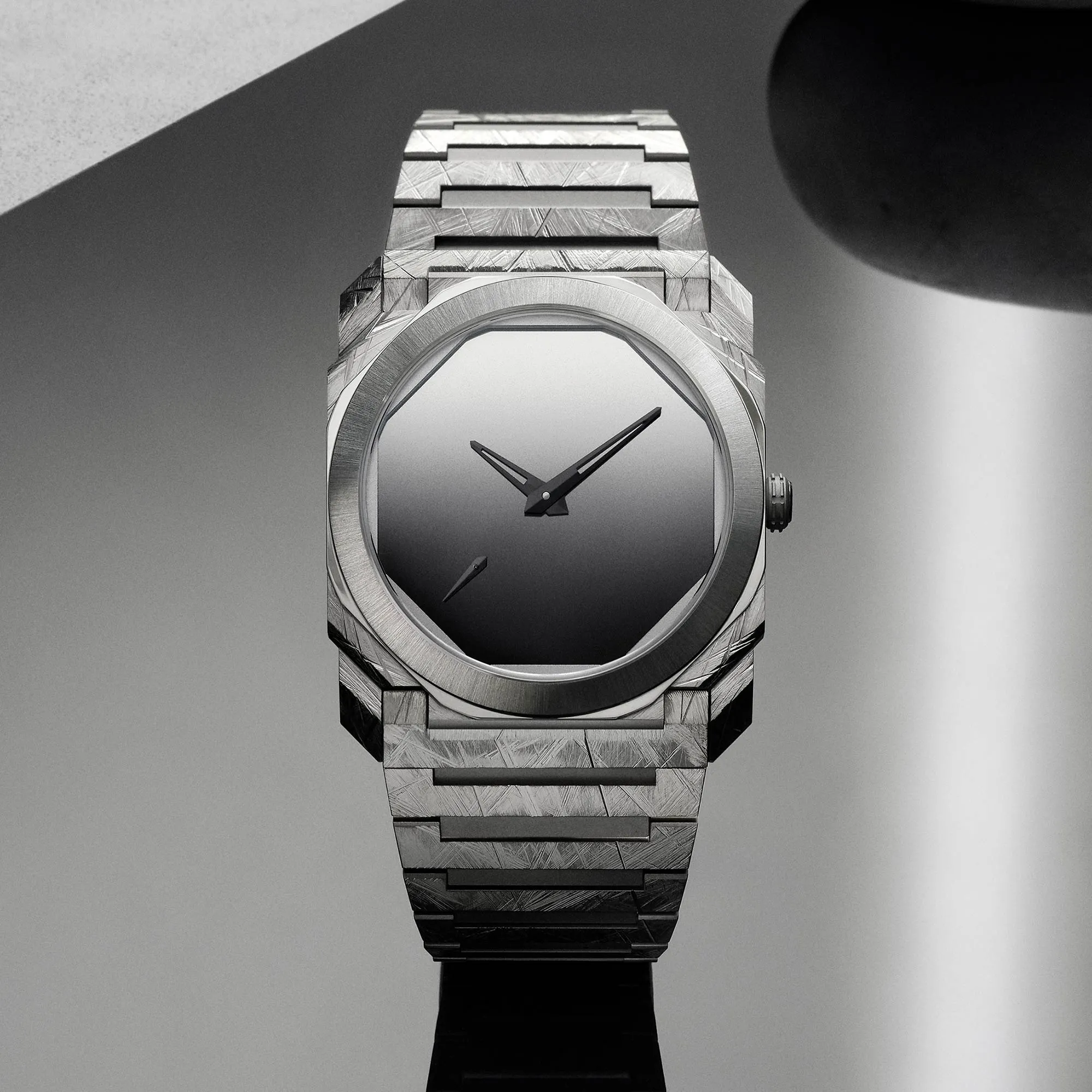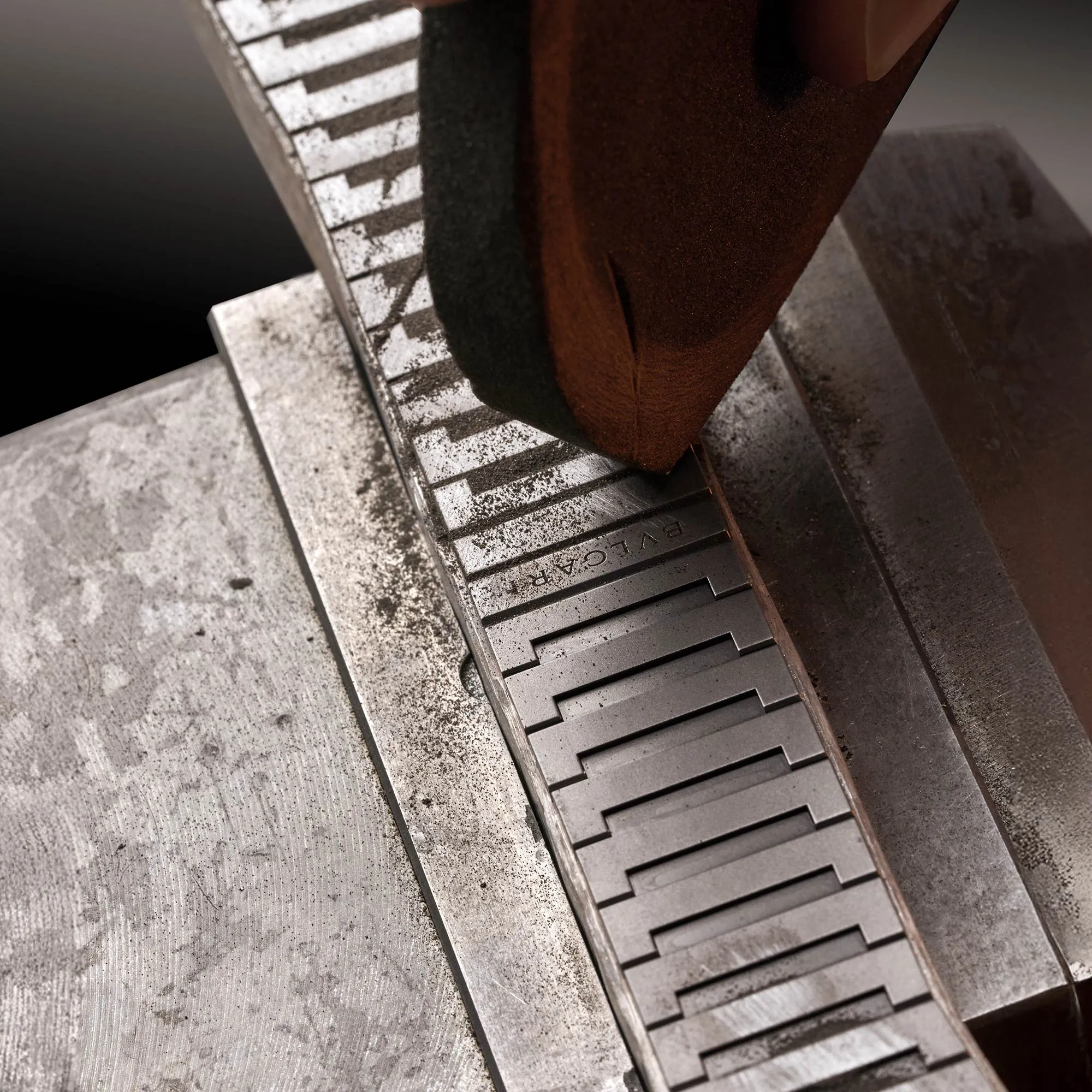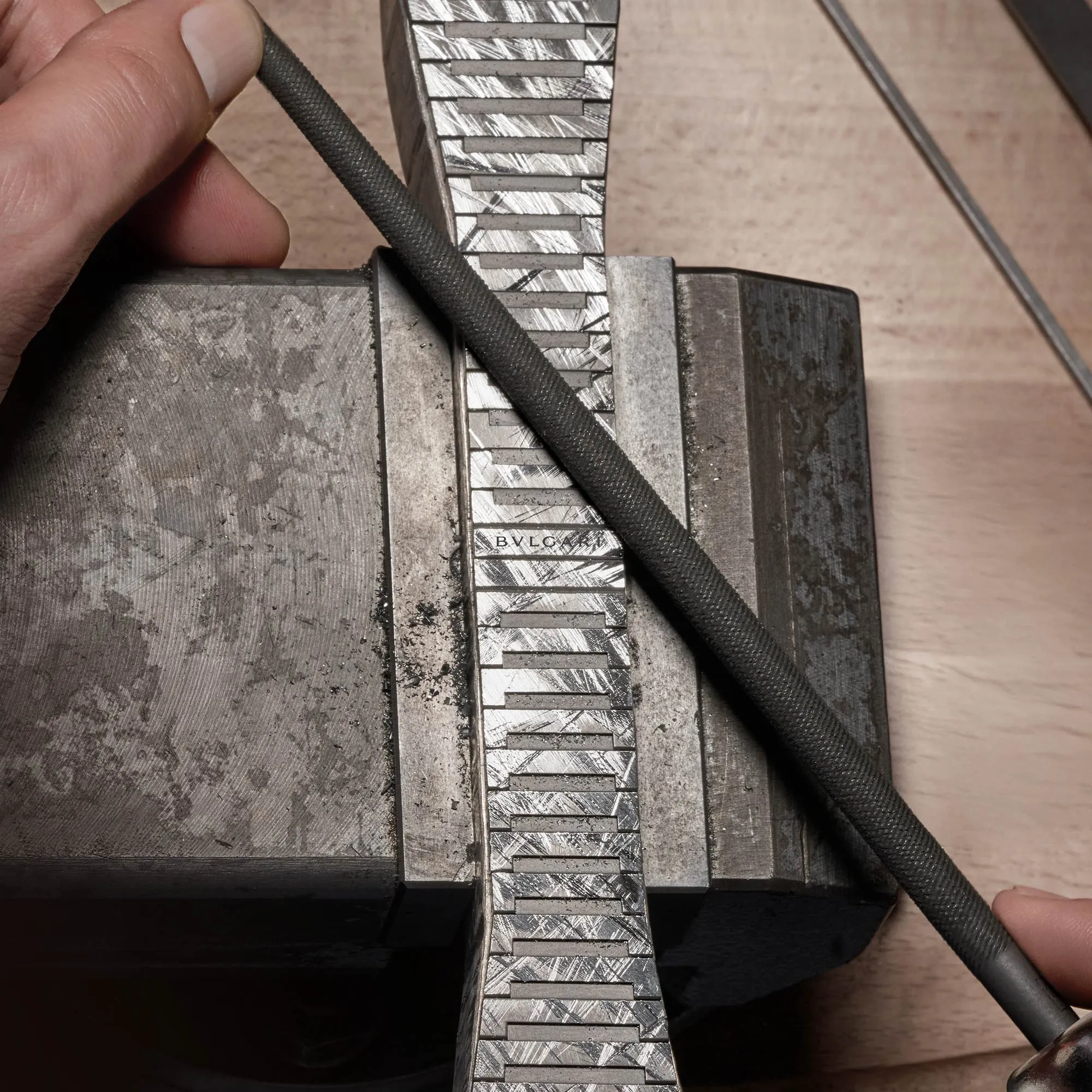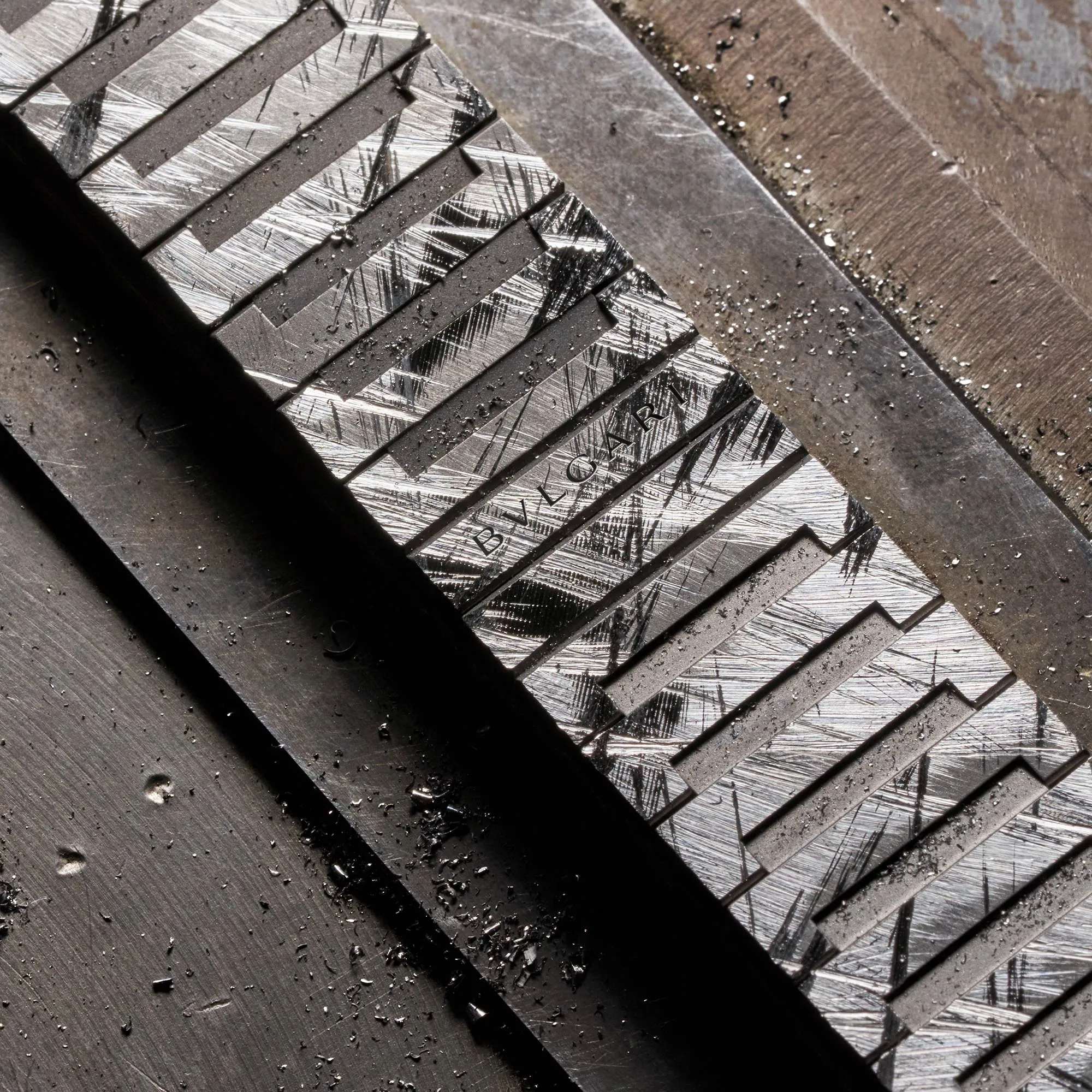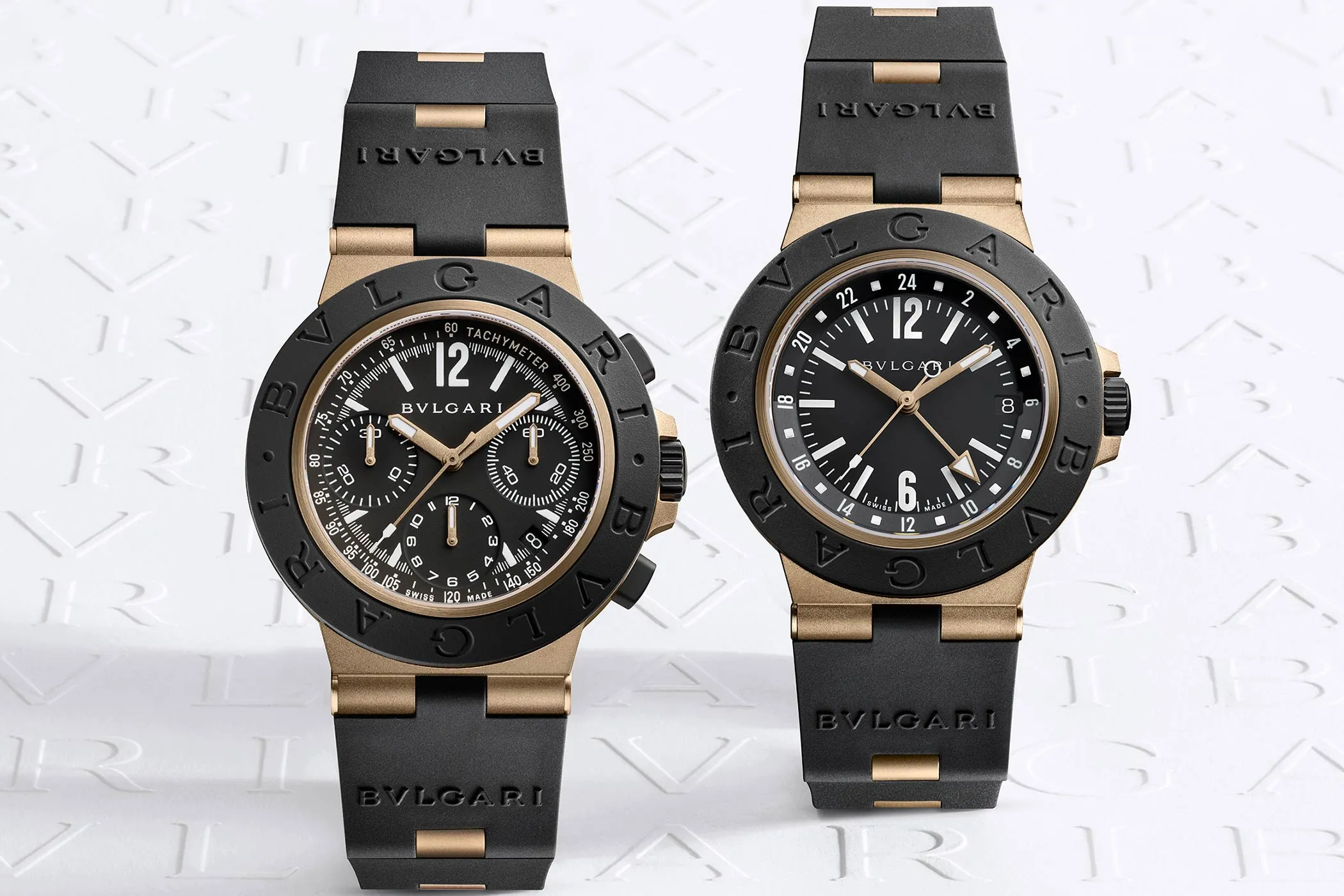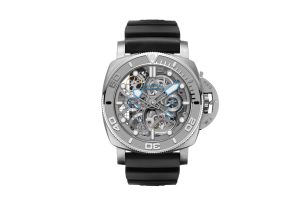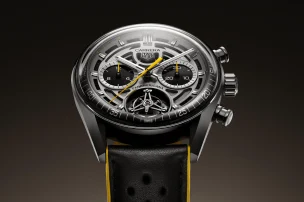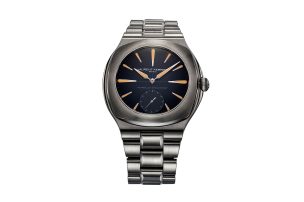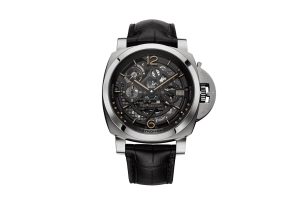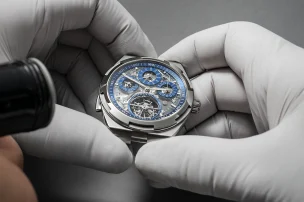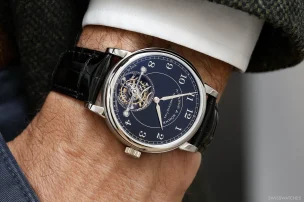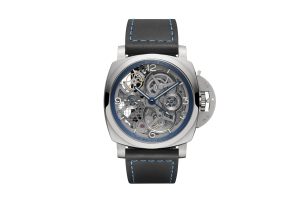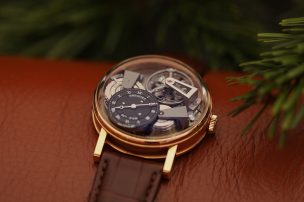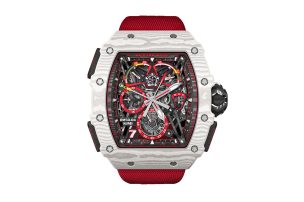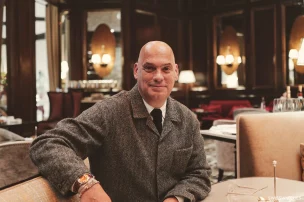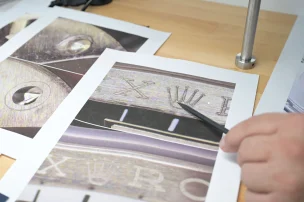

Lunch With: Bulgari CEO Jean-Christophe Babin
We recently met Bulgari CEO Jean-Christophe Babin for lunch in Geneva and spoke with him about craftsmanship, records and Roman genius.
Dear Jean-Christophe Babin, to begin, what does a mechanical watch mean to you, and why does this particular form of engineering continue to captivate?
For me, mechanical function is the quintessence of engineering and craftsmanship. We are fascinated by mechanics, whether we are talking about extraordinary machines, sports cars, or watches. It is highly scientific, despite having been invented more than three centuries ago. The capacity of a machine to accurately display time, day after day, while running 24 hours a day, 365 days a year is truly extraordinary; there is virtually no other machine capable of this. Behind the dial, there is an incredible genius of craftsmanship, ranging from the simplest to the most complicated watches.
Which watch are you wearing today, and which model sees the most wrist time?
The watch I wear most often is the Octo Finissimo. I particularly favour the basic, self-winding version with a micro-rotor in titanium because it is very light and versatile. It is elegant with a suit and equally cool with a T-shirt on the beach. However, today I am wearing something that connects more deeply with the world of jewellery: our new Octo Finissimo Tourbillon with marble dial.
The use of marble is fascinating. What technical challenges were involved in creating that dial?
Marble is one of the two imperial stones (the other being Travertino). It is recognised as an art stone, offering natural beauty, texture, and depth to the dial. Technically, it poses a significant challenge because when you slice this hard stone, there is a risk of breakage. The thickness of the marble dial is the same as the titanium dial—around three or four tenths of a millimetre. Furthermore, most marbles become translucent when cut thinly, which we wished to avoid. We used a special African marble favoured by Roman emperors due to its density, which allows it to maintain its depth and texture even when sliced very thinly.
Bulgari is known first and foremost as a jeweller. When did the brand truly enter the field of watchmaking?
Our first watch actually dates back to 1919, so we have been crafting timepieces for over a century. We initially focused on jewellery watches for ladies. These early platinum watches used movements purchased from prestigious Swiss brands like Vacheron Constantin and Audemars Piguet. We saw a major step in 1948 with the design of the first Serpenti watch, which was a true jewel and a secret watch where the mouth would open to display a small dial.
The Serpenti paved the way, but the Octo collection is widely credited with establishing Bulgari as a truly serious manufacture. Why was the Octo so pivotal?
While we were already a manufacture crafting highly complex pieces, such as three or four Minute Repeaters or Westminster carillons per year, this wasn’t widely known. The Octo served as the crucial marketing model. It was pivotal in legitimising Bulgari as a true watchmaker and not only a jeweller.
The design itself is inspired by the ceiling of the Pantheon in Rome. The use of the octagon was not decorative but an architectural decision to spread forces, allowing the dome to stand for 19 centuries without collapse – a historical miracle. This connection to Roman architectural genius provides interesting storytelling.
The Octo is synonymous with extreme thinness. Why was this ‘slim fit’ elegance chosen as the ultimate direction for the modern gentleman?
As jewellers, our core mission is to provide elegance. For the 21st-century gentleman, the new standard is ‘slim fit’. Contemporary interior design and art preferences are very modern, minimalistic, and essential. We wanted the watch to be thinner – like a slim fit suit – so that it could disappear under the sleeve, which is the ultimate elegance. To achieve this, we had to reinvent the mechanical movement.
The Octo has racked up an astonishing number of records. What is the scope of its technical achievements?
The Octo has been a saga of ten consecutive world records covering virtually every watchmaking complication you can imagine. We have established world records for the manual-winding watch, the tourbillon, the self-winding watch, the chronograph, and the perpetual calendar. Due to this saga, the Octo has earned a lot of admiration and press, including the Golden Hand at the Geneva Watchmaking Grand Prix. It has also received 75 international awards, making it the most awarded watch of all time in watchmaking history in just 11 years.
You recently worked with artist Lee Ufan on an Octo collaboration. How does artistry fit into the collection’s evolution, particularly with a piece that seems to convey exceptional strength?
We are very connected to artistry as jewellers and have expanded this collaboration to watches. Lee Ufan, a wonderful artist, is accustomed to working on a massive scale, creating art pieces with 10 square metres of mirror topped by three cubic metres of minerals. We challenged him to translate his ideas into three cubic microns.
The result is amazing because the watch looks incredibly sturdy, strong, and powerful. This collaboration reinforces the crucial message that the Octo is not only elegant and thin, but also very strong and resistant. Some clients had previously been reluctant to buy the Octo, feeling it was “not manly enough,” and this collaboration definitively addresses that perception.
Finally, turning to materials, you recently introduced bronze to the Bulgari Aluminium collection. Why bronze, and how does this fit into the brand’s material logic?
Typically, Swiss exports are dominated by steel and gold, which combined account for over 85% of the market. The Aluminium watch is an alternative material that sits in the same colour family as steel – it has a silver or brushed look. If Aluminium is our alternative to steel, then our alternative to gold must be bronze, as bronze looks like gold. We are expressing the market logic of steel or gold through the alternative materials of aluminium or bronze.
Does the Aluminium/Bronzo collection serve a distinct clientele compared to the Octo?
Absolutely, yes. The Bulgari Bulgari Aluminium/Bronzo serves as the entry point for Bulgari men’s watches in terms of price, starting around €4,000. Given that the entry-level Octo Roma is now closer to €8,000, the Aluminium/Bronzo allows us to cover a significant part of the luxury watch market – the range between €4,000 and €7,000 – that was previously uncovered by us. Expanding the collection to include permanent models like the chronograph and GMT also sends a clear message that we believe this is a long-lasting collection intended for the next decades.
